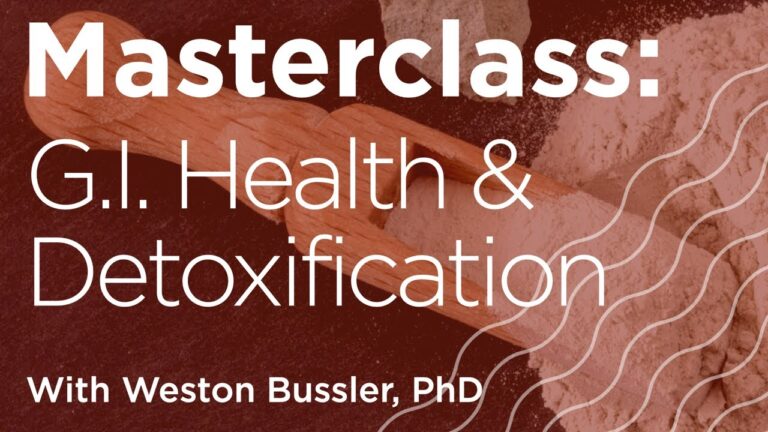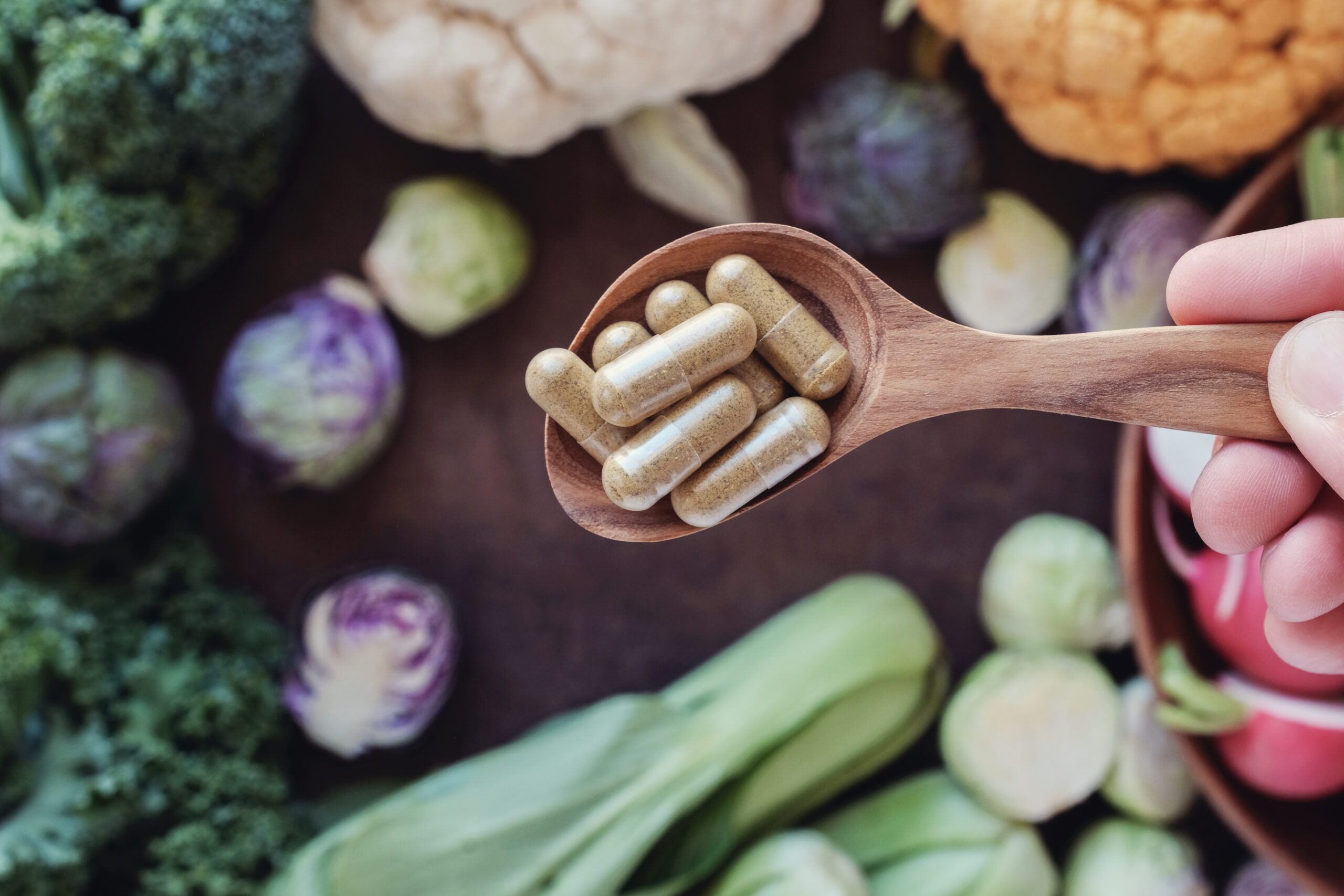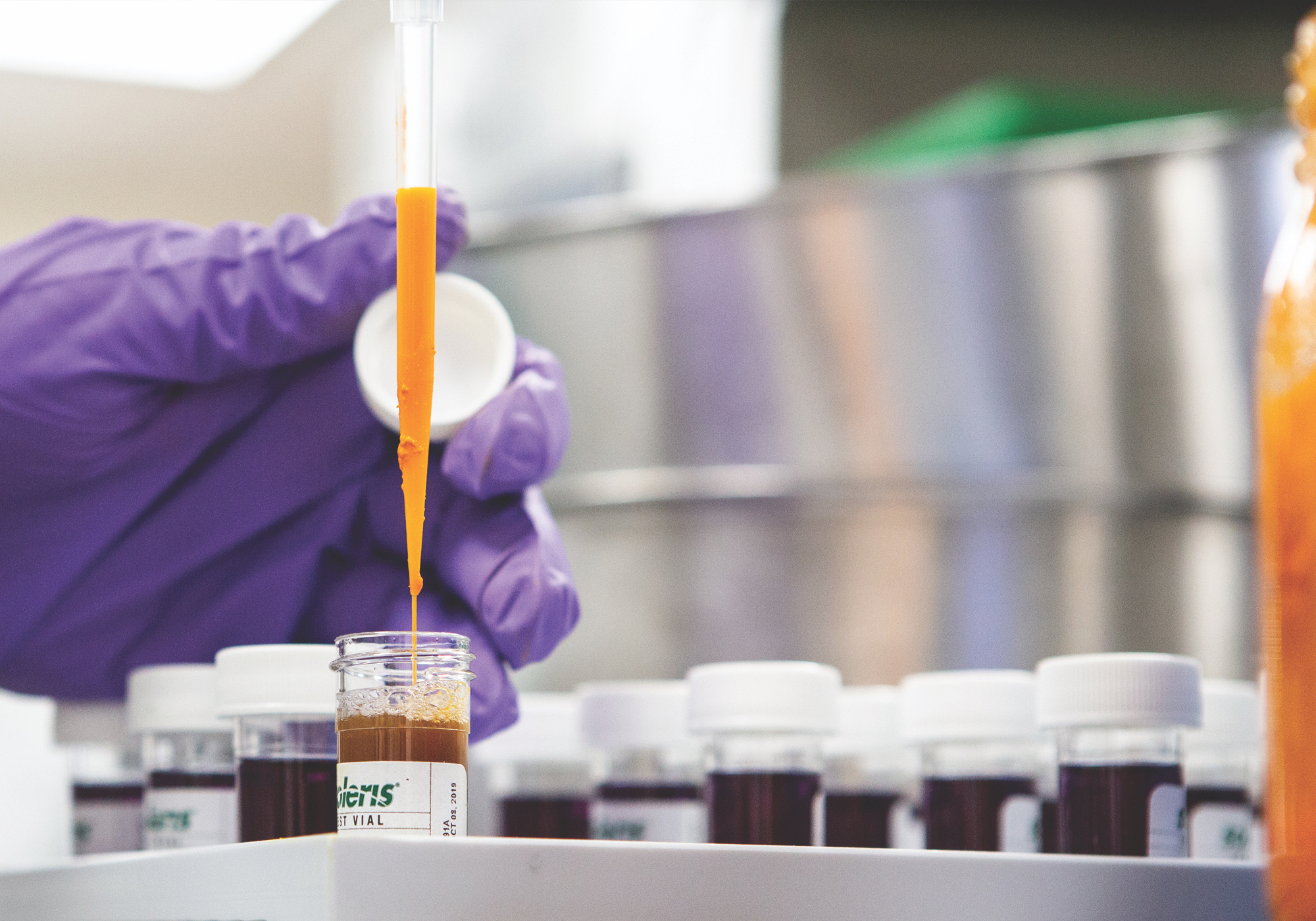Scientific name:Hydrastis canadensis
Constituents:
- Isoquinoline alkaloids (hydrastine, berberine, berberastine & canadine)
- Chlorogenic acid
- Carbohydrates
- Volatile oil
- Resins
- Fatty acids
Medicinal actions:
- Alterative
- Anti-catarrhal
- Anti-inflammatory
- Antimicrobial
- Anti-parasitic
- Antispasmodic
- Astringent
- Bitter
- Emmenagogue & Oxytocic
- Hepatic (Choleretic & Cholagogue)
- Immuno-stimulant
- Mucus membrane tonic
Mechanism of Action & Pharmacology:
- Isoquinoline alkaloids are primarily responsible for therapeutic effects. Collectively they are bitter, antispasmodics, hepatic stimulants (cholagogue & choleretic) and highly antimicrobial.
- Berberine has a wide range of effects, including hypolipidemic, immuno-stimulant, anti-viral (e.g. HSV & CMV) & anti-bacterial), bitter, sedating, a uterine tonic, anti-convulsant and has been shown to inhibit the growth of certain tumor-derived cell lines. Has also been shown to inhibit production of inflammatory lipids and cytokines.
- Whole extracts have been found to contain bacterial efflux pump inhibitors (inhibition of membrane bound proteins that pump toxins out of bacterial cells) that synergistically enhance the antimicrobial activity of berberine. Since overexpression of efflux pumps contributes to the development of bacterial resistance, this inhibitory action may enhance the effectiveness of other antimicrobial agents that are substrates for these pumps.
- Hydrastine is similar to berberine, a uterine stimulant, anthelmintic, vasoconstrictor and nervous system stimulant.
- Canadine is an uterine stimulant, hypotensive in low doses but in high doses is hypertensive.
Pharmacy:
- Decoction
- Tincture
- Capsules
- As an ointment, eye wash, gargle or compress
- Note: Dose short term
Safety & Toxicity Concerns:
- Long-term dosing can cause bacterial dysbiosis.
- High dose berberine can cause flu-like symptoms, stomach upset, dizziness, dyspnea, increased respiratory rate, hypotension, nephritis, nervous issues, depression, convulsions & paralysis and may be fatal.
- May cause phototoxicity and local anesthetic action when applied topically, and seizure in toxic doses.
- Caution with hyper/hypotension, hypoglycemia, history of bleeding disorders, CHF, arrhythmia, and kidney disorders.
- Avoid in pregnancy & lactation, and in children under 12 .
Interactions:
- Use caution with anti-hyperglycemics, laxatives, photosensitizing drugs, cardiac medications, and anticoagulants.
- Avoid use with CNS depressants/sedatives (e.g. alcohol).
- May potentiate effects of drugs which displace the protein binding of bilirubin (e.g. phenylbutazon).
- Midazolam may increase drug level.







